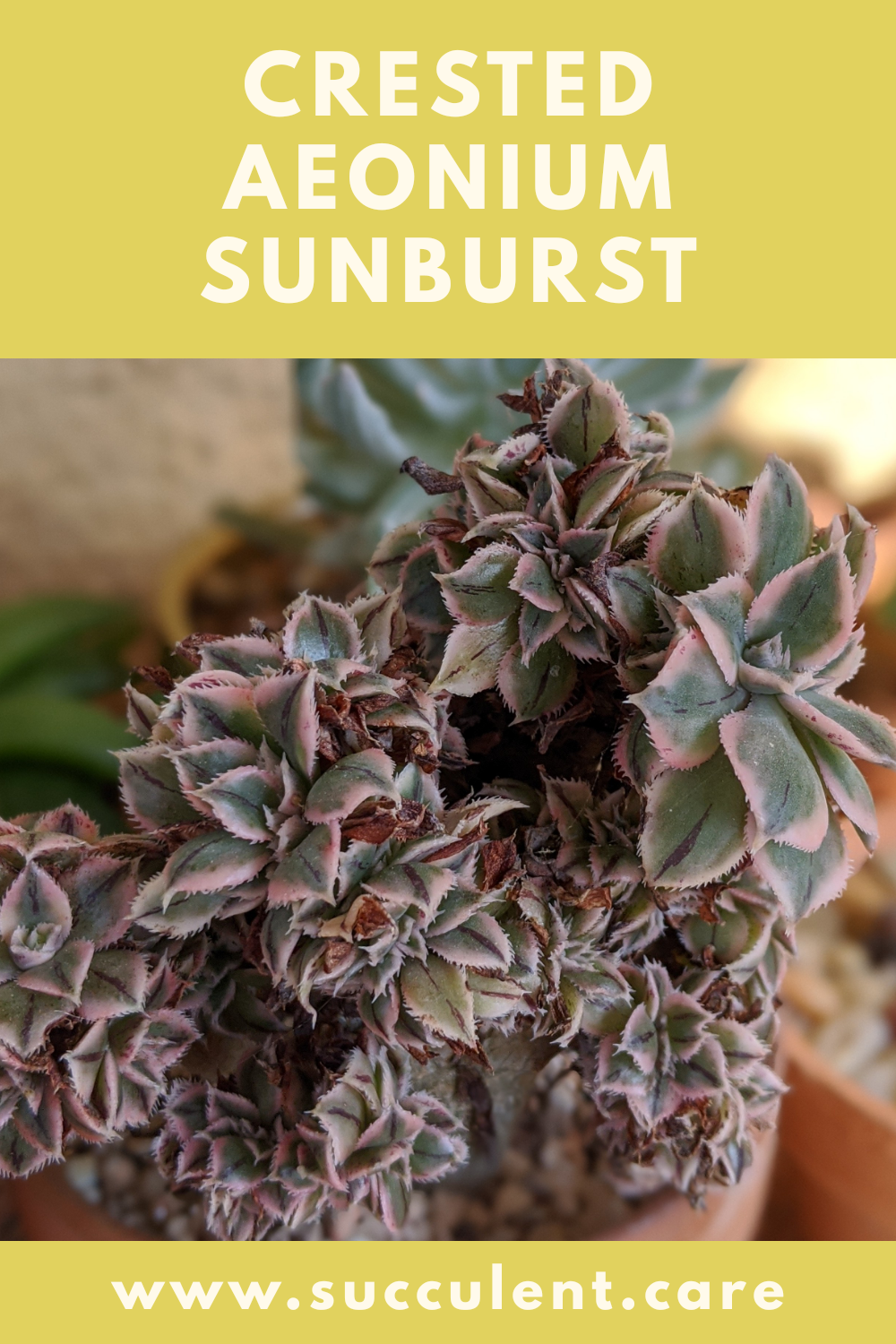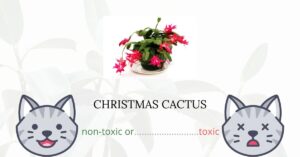The realm of succulent plants is akin to a luscious tapestry woven with threads of diverse forms and scintillating colors. Each succulent, like a meticulous brushstroke on a canvas, showcases nature’s artistry and versatility. As you embark on an exploration of succulent plants, understanding their identification through visual cues becomes paramount. This guide will demystify the world of succulents, presenting a captivating array of images and names to aid in their recognition and appreciation.
Succulents are not merely ornamental; they embody resilience and adaptability, flourishing in the harshest of environments. Contrary to traditional plants that seek sustenance from consistent rainfall, succulents are biological marvels, storing water in their leaves, stems, or roots. This unique trait allows them to thrive in arid landscapes, making them symbols of survival and endurance. Their enchanting variety and sculptural forms further amplify their appeal, inviting novices and enthusiasts alike to cultivate them.
When seeking to identify succulents, one must delve into their defining characteristics, which can vary significantly among species. Colors, shapes, textures, and growth patterns serve as crucial identifiers, painting a vivid picture of each unique plant. The wide array of possibilities beckons gardeners to explore the fantastic variations that can transform any space into a veritable oasis.
Let us venture into the succulent universe, unraveling the intricate identities of these magnificent plants.
Exquisite Varieties of Succulent Plants
As we traverse the succulent landscape, envision the cluster of hues ranging from the deep emerald green of jade plants to the pale coral blush of Echeveria. Each genus harbors a unique charm, providing endless opportunities for collection and cultivation.
Jade Plant (Crassula ovata)
The jade plant is an emblematic succulent, often dubbed the “money tree.” Its thick, fleshy leaves resemble polished jade, lending an evergreen allure. This plant is known for its resilience and symbolically represents good fortune in various cultures. Its growth pattern, with stout branches and sprawling leaves, offers visual intrigue and a sense of abundance.
Hens and Chicks (Sempervivum)
In contrast, the hens and chicks succulent exhibits a delightful rosette formation, resembling an artist’s accumulation of miniature sculptures. With the ability to produce offsets, or “chicks,” around the mother plant, this variety showcases nature’s creativity through its perpetual growth cycle. Hens and chicks thrive in rocky, stark environments, teaching us about flourishing amidst adversity.
String of Pearls (Senecio rowleyanus)
Not to be overlooked, the string of pearls embodies an ethereal grace. Its cascading tendrils drape like delicate jewelry, creating a whimsical effect as if they were expertly crafted by nature herself. This succulent is particularly cherished for its dynamic appearance and low maintenance needs. With a touch of dappled sunlight, the string of pearls will flourish, resembling an oasis in any home or office setting.
Visual Splendor: Succulent Pictures for Identification
Images serve as invaluable tools for identification, allowing one to capture the essence of each succulent with a mere glance. Observing their forms can not only enhance one’s identification skills but also inspire gardening choices. Each photograph presents an opportunity to relish the texture, color, and arrangement of leaves that makes these plants so distinctive.
Agave: Architectural Beauty
The formidable Agave family exemplifies architectural beauty within the succulent world. With serrated edges and striking symmetry, these succulent giants command attention. Their rosette formation often resembles sculptural designs, making them popular in modern landscaping. One cannot help but admire their bold presence, especially the Agave americana, which stands tall like a sentinel of the desert.
Aloe Vera: Natural Healer
Aloe vera, commonly associated with medicinal properties, boasts thick, fleshy leaves that deliver a soothing gel upon incision. Its recognition extends beyond its appearance; it symbolizes health and wellness, embodying the benevolence of nature. This succulent thrives well under varied conditions, making it a favorite among caregivers and health enthusiasts alike.
Unique Appeal: Why Grow Succulents?
Growing succulents transcends mere aesthetics; it provides a therapeutic experience that cultivates mindfulness. Whether adorning a windowsill, gracing a coffee table, or embellishing an outdoor garden, succulents introduce a refreshing vibrancy to everyday life. Moreover, their low water requirements and adaptability render them accessible for individuals across various gardening levels.
The joy of nurturing a succulent can evoke feelings akin to raising a beloved pet. Each succulent has its response to care, exhibiting signs of thirst or thriving dimensions when tended rightly. Such interactions foster a sense of responsibility and connection, creating a rewarding relationship between the gardener and the plant.
The allure of succulents lies not only in their physical forms but also in what they symbolize: resilience, beauty, and the endless possibilities of growth. As you explore their diverse images and names, let your appreciation for these botanical wonders deepen, inviting you to create your own succulent haven.
In cultivating succulents, you are not merely growing plants; you are weaving a tapestry of life, resilience, and beauty into your surroundings. This venture into the world of succulents promises a journey of discovery, mindfulness, and appreciation of one of nature’s most beguiling creations.





Leave a Comment